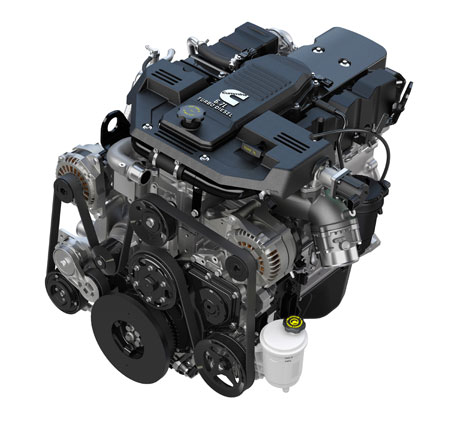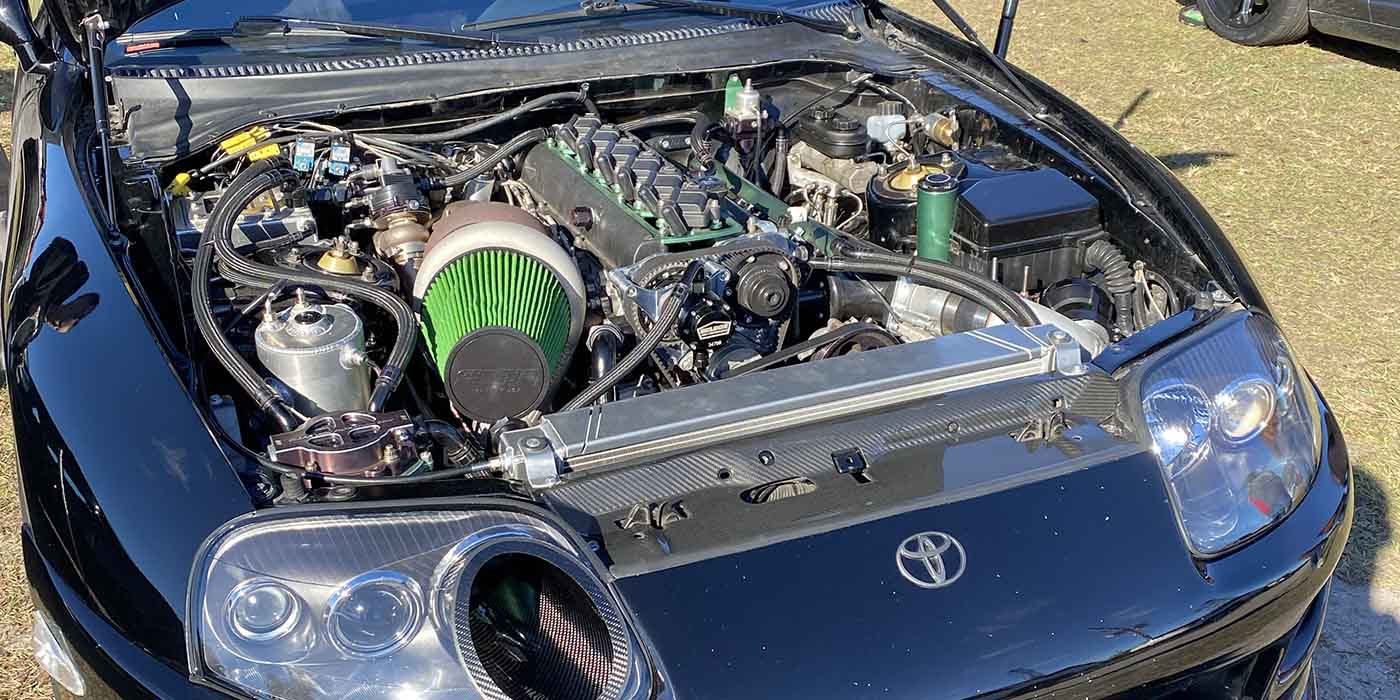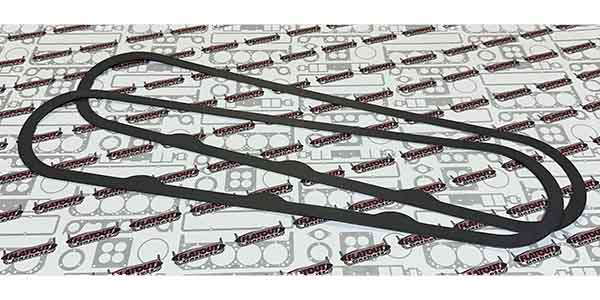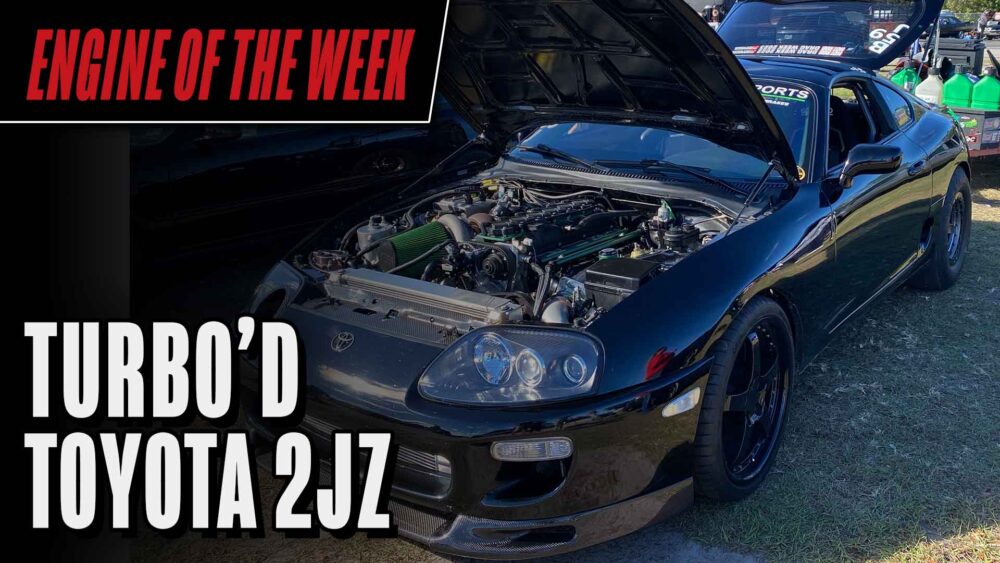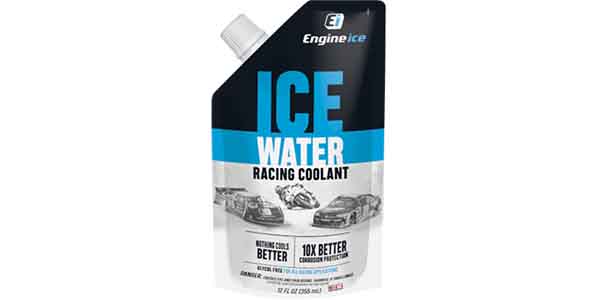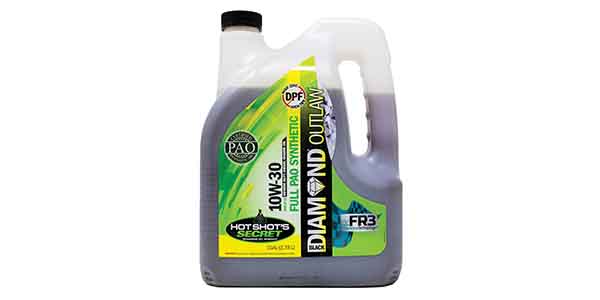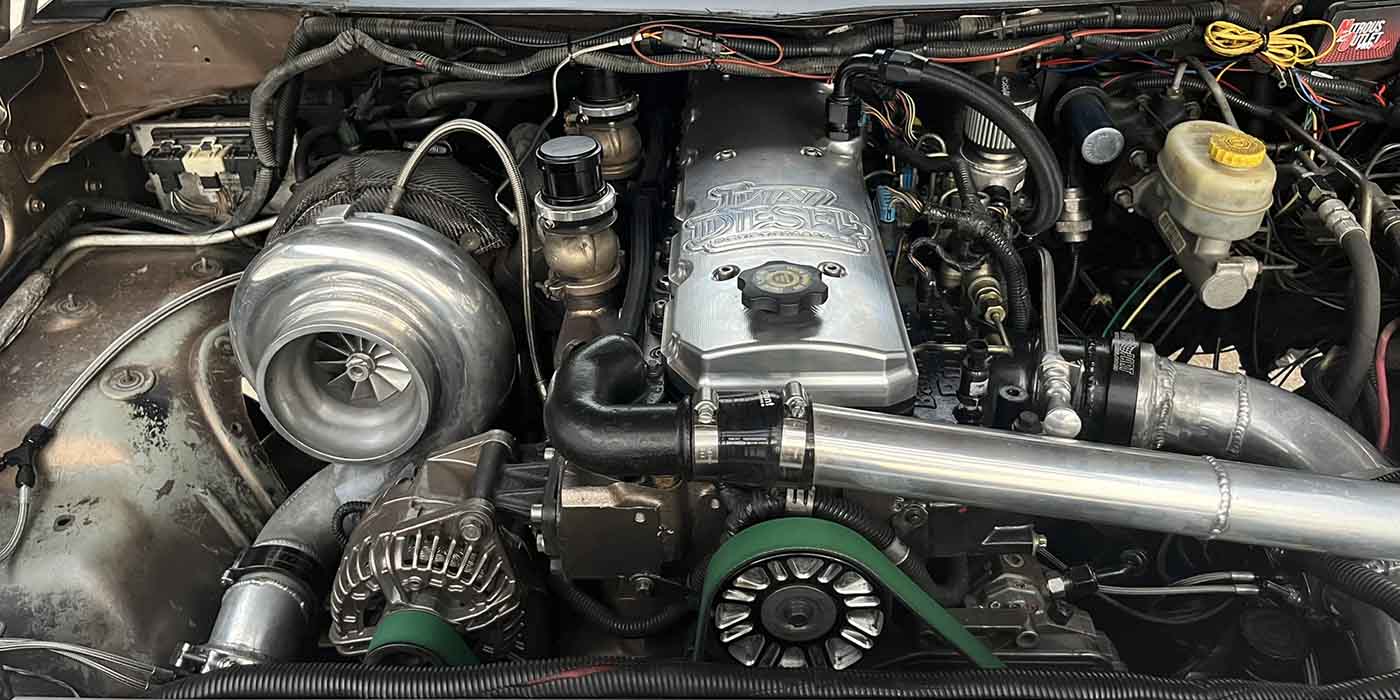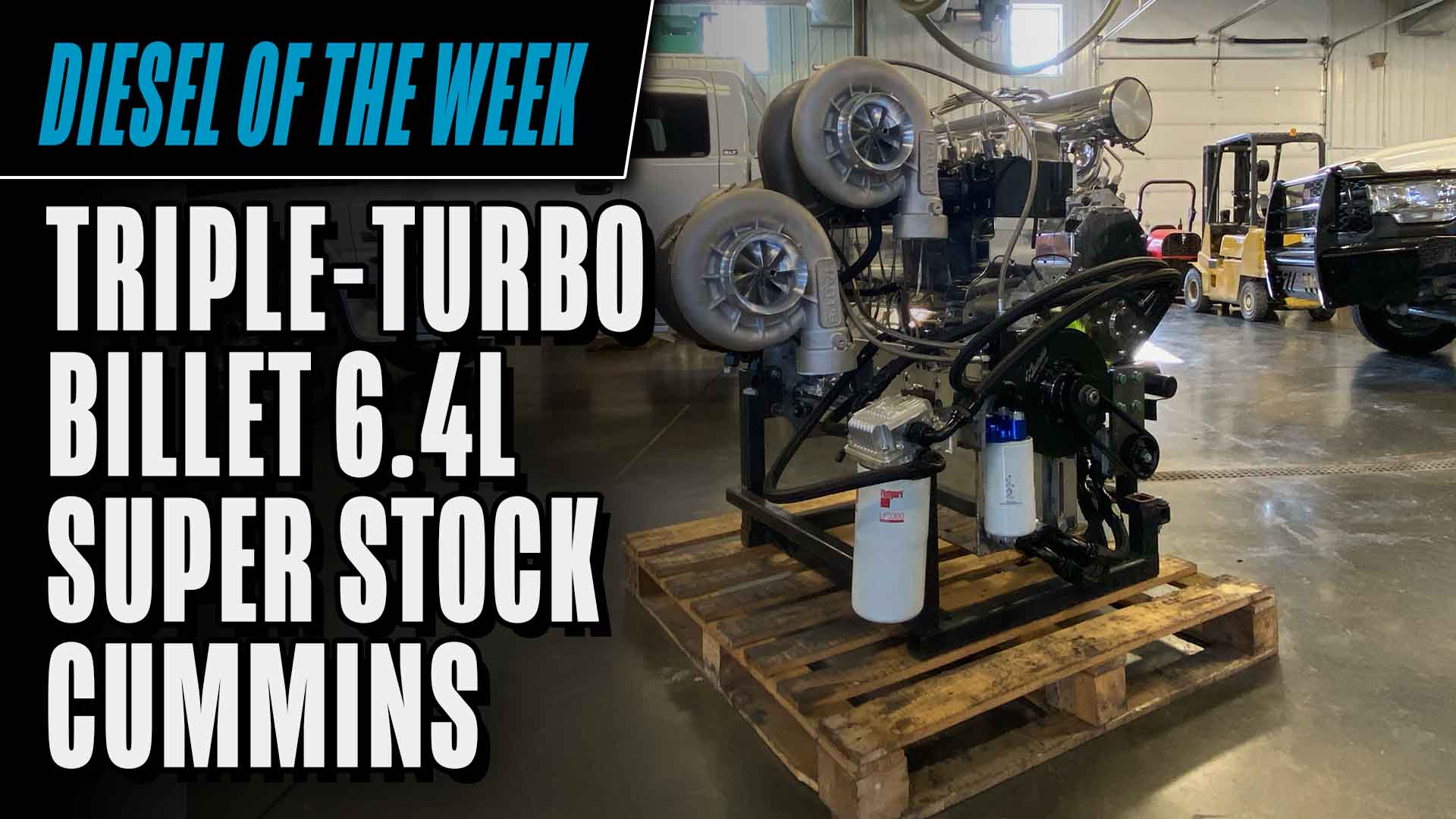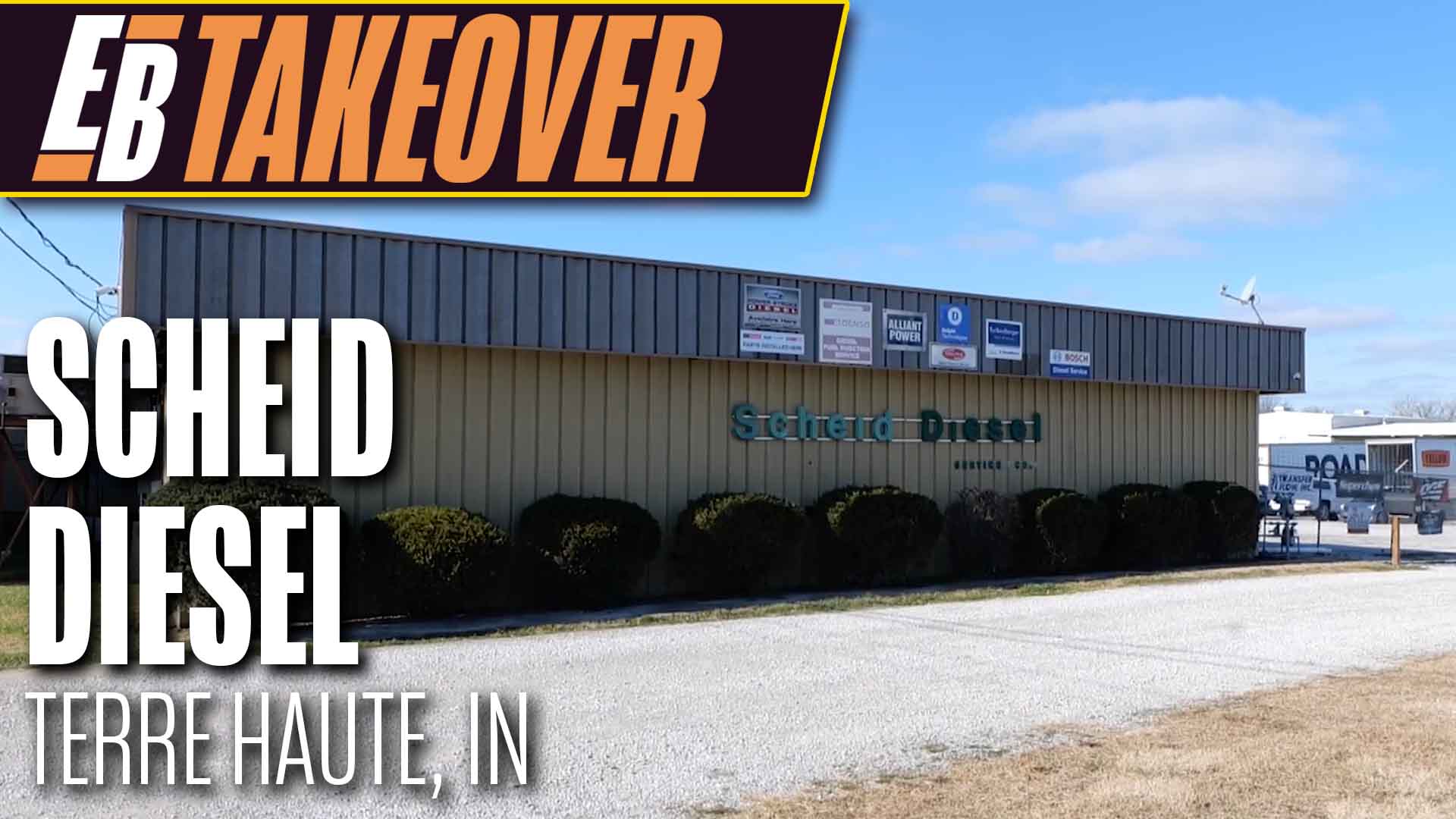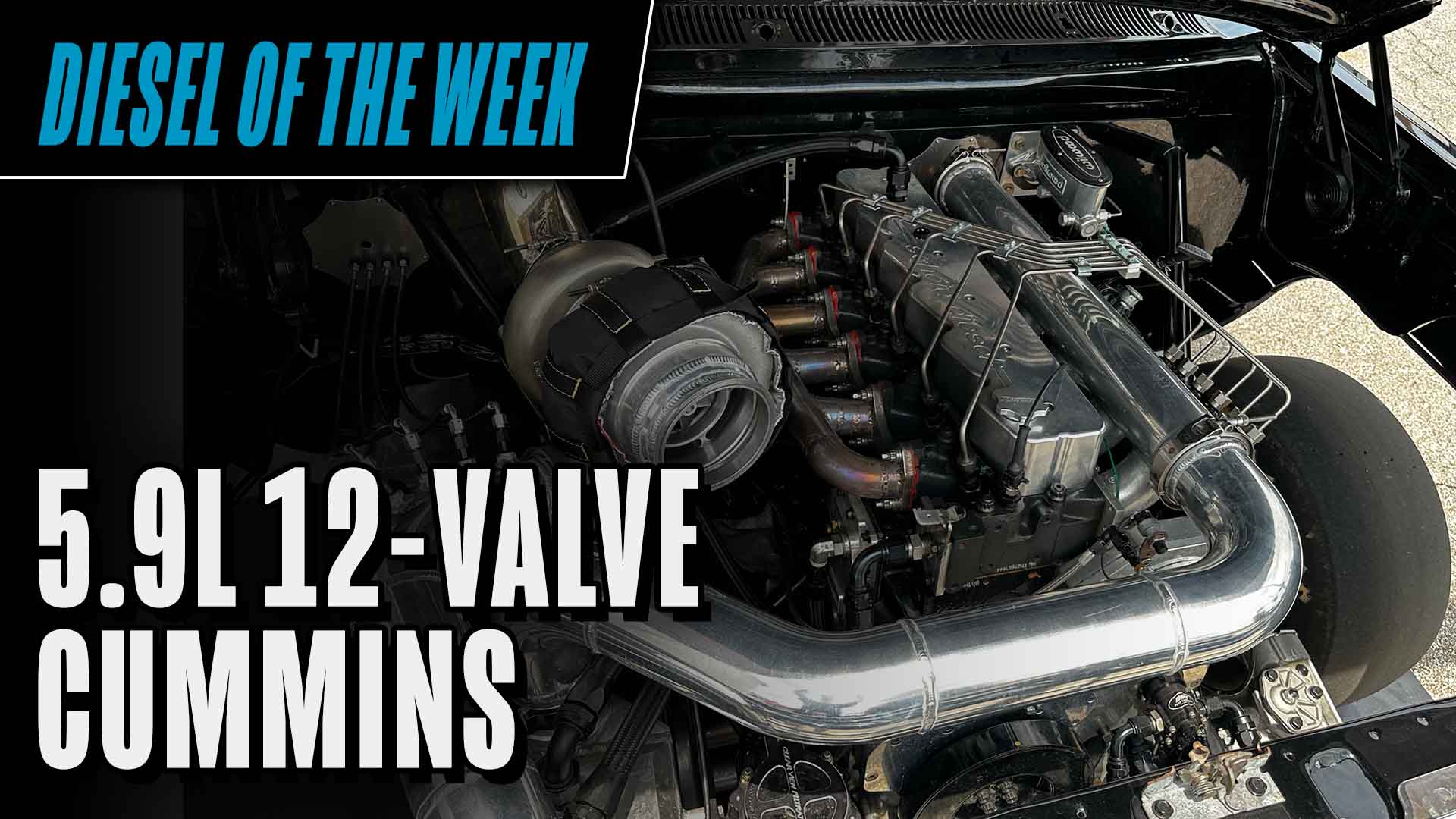Changes from the 5.9L to the 6.7L Engine
When you think about a Dodge truck, what is the first thing that comes to mind? I will give you a hint: Cummins.
Dodge introduced the B-series Cummins engine in the Dodge truck in 1989. It’s not like they had to convince consumers that the Cummins engine was good. The B-series had already proven itself in farm and marine applications.
The only thing that was left to insure consumers was the fact that their truck was diesel and that time would tell how the farm engine would stand up to life as a daily driver. After nearly 25 years of operation, the Cummins reputation is rock solid and a great selling point for the Dodge family.
Evolution Issues
Starting out as a 5.9L, the engine underwent several changes as the years progressed for efficiency and power.
Also, as higher emissions standards were enforced, a cleaner burning diesel had to be an influence in design changes.
To meet the emissions reductions for 2007, Cummins introduced a new B-series engine the 6.7L. The B-series 6.7L engine is largest straight-six design for a light-duty truck. This engine was also introduced to set the stage to meet the 2010 emissions standards as well. We all know that diesels are used for hauling rather than gasoline because of their power and better fuel economy.
The only drawback is that diesel engines emit higher levels of nitrogen oxides (NOx) and Particulate Matter (PM). The EPA has set regulations into place to lower these emissions by 90 percent. This reduction is known as Clean Diesel Combustion Technology (CDC). So, when you see a 6.7L engine enter your shop, you will notice right away that this engine is equipped with many more emissions controls than the 5.9L.
[inpost_gallery post_id=4453 group=”1″]
Keeping it Clean
When you hear the term Clean Diesel Combustion, one thing to keep in mind is that the engine will be outfitted with emission control devices. There are mainly five methods that the manufacturer will employ in order to meet the EPA’s Clean Diesel emissions.
1. High Pressure Fuel – Also known as Common Rail, this is where fuel is injected into the cylinders at extreme pressures. This incorporates better combustion and fuel efficiency
2. Boost – By utilizing boost throughout the engines rpm range, the engine can create more power down low without having to rely on engine speed to increase the performance of the turbo. The way boost is controlled is by a Variable Geometric Turbo (VGT). The VGT design is where the turbo can change the ratio of air that the engine is feed by moving veins inside the exhaust gas housing of the turbo, which will increase or decrease the speed of the turbine wheel.
3. EGR – Exhaust Gas Recirculation, this is where exhaust gas is directed into the intake manifold to be sent back into the combustion chamber to be re-burned. This method does reduce NOx emissions but does have a drawback, which is the formation of soot.
4. DPF-Diesel Particulate Filter – This device is placed into the exhaust system used to capture soot from the engine. After soot is accumulated in the DPF, it will be burned off through a “regeneration” process, which will clean the DPF. This method reduces smoke, unburned hydrocarbons, and carbon monoxide.
5. SCR-Selective Catalytic Reduction – This process injects urea into the exhaust stream, which is a catalyst for NOx emissions. So far this is the most effective emissions device and has only been used for late 2012 and 2013 Dodge trucks.
Controlling Emissions
Most of the major changes between the 5.9L and 6.7L engines can be found in the exhaust system. One glance underneath the truck and you will see some sort of an exhaust apparatus that appears to be adapted from a space station. If you are wondering why, there are several things taking place in order to have clean exhaust. The exhaust system will look as though it has two torpedoes stuck in the exhaust pipe before getting to the muffler.
At the rear of the exhaust system right before the muffler is known as a Diesel Oxidation Catalyst (DOC). This is basically like a catalytic converter on a gasoline engine. The DOC will treat the engine exhaust gas by converting harmful compounds such as carbon monoxide and hydrocarbons to carbon dioxide, water, and heat. Just before the DOC is what is called a Diesel Particulate Filter (DPF). This serves basically as a trap. The DPF is a catalyst filter that collects soot or particulate matter from the engine.
The DPF is controlled by the ECM. There are two pressure sensors that are mounted before and after the DPF. The pressure sensors provide input to the ECM to determine when the DPF is full. When the ECM has determined that the DPF is full, it will perform what is called a regeneration, which is a process that will burn off the soot trapped inside the DPF. The DPF will capture up to 90 percent of harmful diesel emissions.
[inpost_gallery post_id=4453 group=”2″]
The following is a basic overview of what takes place in order to clean or “regenerate” the DPF. Once the ECM has determined that the DPF is full and filled up with particulate past the acceptable limit, the ECM will open the EGR valve. The purpose of opening the EGR valve is to introduce hot exhaust gas into the intake manifold. This will help increase exhaust gas temperature.
The ECM will then command the injector to inject a small amount of fuel into the cylinders on the exhaust stroke (when the exhaust valves for each cylinder is open). The raised exhaust temperature along with the small amount of fuel, burn of the PM (particulate matter) inside the DPF. After the burn off or “regeneration”, the ECM will take readings from the pressure sensors again to see if the DPF is operating at an acceptable level.
DPF Drawbacks
Even though the DPF is very effective in reducing emissions, the following are some drawbacks and problems associated with running them:
• Poor fuel economy – This is the #1 complaint. A diesel that is not equipped with a DPF gets somewhere in the range of 18-22 mpg. On DPF equipped trucks, the fuel mileage will decrease to 12-14 mpg.
• Excessive regens – Most mid-size trucks are used for work. Most work trucks will travel short distances and may be left to idle for periods of time. Excessive idle time can lead to excessive regens. While idling, the exhaust gas temperature is cool which causes the DPF to clog with soot really fast.
So if the truck is idling for long periods of time, several regens would have taken place. The constant regen is hard on the DPF and may cause premature failure which will lead to replacement. Rule: “Don’t let new trucks idle.”
• Replacement cost – A replacement DPF can cost anywhere from $2,000 to $2,600 for the DPF unit alone and this doesn’t include labor. If you choose to replace the DPF yourself, there is a core charge for your old unit and you will not find any from a salvage yard. Note: A salvage yard is not allowed to sell a used DPF.
Life Support
There are some steps to take which will extend the life of the DPF. First of all, make sure to use ULSD (Ultra Low Sulfur Diesel Fuel). As of 2007, ULSD will only contain 15 ppm sulfur content compared to 500 ppm in previous years. By running the recommended ULSD, PM will be reduced. The next thing is to use the proper engine oil. By running the recommended engine oil, soot will be reduced in the exhaust. Last, don’t be afraid to get your truck out on the open road and run it hard ever once in a while. Get the engine and exhaust system hot and cleaned out and keep idling to a minimum.
To keep things even cleaner in the exhaust system, there are two oxygen sensors mounted before and after the DPF. The ECM uses these oxygen sensors much like the ones found in a gasoline engine. The ECM will control pulse width modulations of the injectors based on oxygen content in the exhaust. This way proper air/fuel ratio can be obtained for cleaner combustion.
Another thing you may notice when inspecting the exhaust system is a small box with some hoses that is mounted on the side of the transmission housing. This is called the DPS (Differential Pressure Sensor). This is used by the ECM to determine the exhaust gas pressures from the DPF. The two pressure sensors that are mounted before and after the DPF are linked to the DPS. The DPS receives inputs from the pressure sensors to be used by the ECM to help determine the load condition of the DPF to know when to regenerate.
Also, be advised that the exhaust downpipe from the turbo to the DPF has changed. The new downpipe is double-wall insulated that is used to retain as much heat as possible in the exhaust system. The heat retention is used to aid in getting the DOC up to operating temperature. Heat loss has to be kept to a minimum in the exhaust system for the after treatment processes to work correctly.
EGR Improvements
When you open the hood, you will find that a lot of things have changed under there as well. The 6.7L looks a little similar, but has changed quite a bit due to the fact of the EGR system. (I addressed the addition of EGR for the 6.7L earlier in this article.) Now let’s focus on the components that are in place for the EGR to function properly. The EGR system is what introduces exhaust gas back into the intake manifold to enter the combustion chamber to be burned again. By introducing exhaust gas back into the intake manifold, NOx emissions are reduced.
At the mouth of the intake you will find several components that need to be explained so you will understand their function for the EGR system.
The EGR system in a diesel can be quite complex. It’s not just a matter of opening a valve and letting the exhaust gas in and hope for the best. On top of the exhaust manifold is mounted an EGR cooler. In order for the exhaust gas to be introduced into the engine, it must be cooled. Exhaust temperature in a diesel engine while towing can become pretty intense. Temperatures in the range of 1,000°F are not uncommon.
The cooler is very similar to the function of an engines radiator. Coolant from the engine circulates through the cooler, which has flues for the coolant to pass in order to cool incoming exhaust gas. Exhaust gas is only introduced into the engine at certain times when a certain criteria has been meet such as engine speed, mph, coolant temperature, etc. So, the engine is not going to be opening the EGR valve all the time, just when it is needed.
There is a time where the EGR is going to be needed and that is when the DPF is going to regenerate itself. Remember as mentioned before, when the DPF regenerates, the EGR is opened to increase exhaust gas temperature. When this process takes place, we really don’t want to cool the exhaust gas with the EGR cooler. So, Cummins came up with the EGR cooler bypass valve.
The cooler bypass valve is located in front of the EGR cooler. The valve is cable actuated by a servo motor that will move the cables which will open and close the valve. During the regeneration process, the cooler is bypassed so hot exhaust gas can be introduced into the combustion chamber to heat the exhaust system to aid in regeneration.
When looking at the front of the engine, you will notice right off the mall exhaust pipe that runs in front of the engine around the front of the valve cover. The pipe routes from the EGR cooler bypass valve to the EGR valve at the intake manifold. This pipe carries the exhaust gas to the EGR valve. Remember, the EGR valve will open only when commanded by the ECM after a certain criteria has been met.
Once the EGR valve opens, the exhaust gas enters the intake manifold through an EGR throttle control valve. The throttle valve is basically a butterfly in a housing that is controlled by a DC motor. The throttle valve will move to help draw the exhaust gas into the intake manifold. When the intake system is under boost from the turbo, the valve will partially close in order to slow down the intake of fresh air from the turbo and “siphon” in the exhaust gas.
One more system that needs to be mentioned is the Closed Crankcase Ventilation (CCV) system. On the 5.9L engine, crankcase vapors passed through a filter on top of the valve cover and then through a tube to the atmosphere. For the 6.7L, the crankcase vapors are re-introduced into the engine to be burned in the combustion process. The CCV system is located on top of the valve cover, which captures blow-by gasses and oil mist. The oil and gasses are filtered where the oil is collected and sent back to the crankcase and the gasses then travel through a tube connected to the fresh air side of the turbo.
Hard Parts
From the 5.9L to the 6.7L, there are major changes which are mostly related to the addition of emissions components. However, the 6.7L contains over 60 percent of the components used in the 5.9L.
The engine still utilizes the same 24-valve design cylinder head with high combustion chambers in the pistons. In 2009, the connecting rods became what is known as cracked-cap design. This is a process where the connecting rod is made using powder metallurgy. Forged steel rods were used from 1987 to 2009. The connecting rod bearings and the main bearings are the same sizes for both engines. The only difference in connecting rod bearings will be if the connecting rod is cracked-cap design.
The journal size is the same but the bearings change in design. The major change is with the bore and the stroke, but most of these parts will interchange as some owners are integrating the crankshaft out of a 6.7 into their 5.9L for a stroker project.
There is one important thing to mention about the injectors used in the 6.7L. If for some reason the situation arises where one or all of the injectors need to be replaced in the engine, exercise caution. The process of changing the injector is the same as the 5.9L, but the problem is the injectors have changed. At the base of the injector where the electrical coil meets the body of the injector is stamped a six digit alphanumeric code.
This is the correction code that identifies the injectors calibration also known as an IQA code. This code has to be entered into the engine’s ECM in order for the engine to run properly. Without the proper code in the ECM, the engine will operate poorly from the wrong fuel calibration. This will have to be performed by the dealer that has Cummins licensed software.

